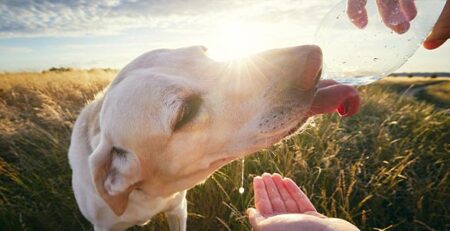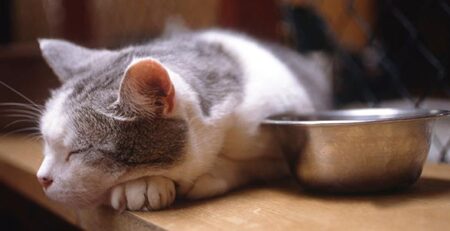How to bathe the cat (and survive its wrath) when strictly necessary?
Most cats detest bathing, and the reason can be traced to a primal instinct.
Bathing the cat is a difficult task: it is well known that cats do not like water.
Cats’ fur is not made to be submerged in water: in fact, the soft, dense undercoat tends to absorb a lot of liquid.
Waterlogged, the cat feels clumsy and weighed down and slows down its movements.

Free in the wild, a cat in this condition would be at a disadvantage to predators and rivals.
Cats provide their own hygiene independently through licking so they are usually always very clean.
However, when a cat’s fur and paws become soiled with something it cannot remove on its own or that may pose a danger to its health, washing it may become a real necessity.
The cases when it is really necessary to bathe the cat
Bathing the cat becomes necessary when the cat’s fur is soiled with sticky, greasy or toxic substances that absolutely must not be ingested.
Oil, resins, tar, glue, paints, and varnishes are examples.
In such cases, when bathing the cat becomes an obligation, it is essential to proceed with all precautions to avoid irritating, scaring or stressing the cat.
The best procedure for bathing the cat
Cats that come in contact with water may react by trying to free themselves or by hiding.
The whole process should be done as calmly as possible, without getting nervous or forcing it, in a safe and quiet environment, free of noise and escape-proof.
Whether shower, bathtub, sink or basin, choose a comfortable place to wash the cat, both for him and for you.
Bathe the fur with room temperature water, starting from the back in a rivulet to accustom the cat.
Pay close attention to ears, nose and mouth where NO water should enter
Once the hair is moistened, apply the cleanser, first to your hands and then to the hair itself in light, gentle movements.
After soaping the hair, rinse a little at a time, always avoiding the direct stream until you have removed all detergent residue.
For drying, use the soft microfiber cloths, which are particularly useful and effective in absorbing water while gently dabbing the hair.
It is absolutely not recommended to use a hair dryer because its noise, in addition to scaring the cat, could reach such high temperatures that it could burn the cat.
Are there alternatives for cleaning up cat but without water?
The alternative may be to proceed with dry washing, using special shampoos for which there is no need to dampen the hair or rinse.
Another solution is wet wipes designed specifically for washing cats (and therefore non-toxic).
ALWAYS choose specific washing products and NEVER USE human shampoos or detergents, which are absolutely not suitable for dogs and cats and may irritate their skin.
Ideally, always consult with your Veterinarian who will advise you on the right products and the correct ways to use them.
In this regard, we remind you that the veterinary doctors on our Staff are always available to provide you with the advice and guidance you need to properly manage your dog or cat.
Book an appointment and request a consultation: Clinica La Veterinaria is always open h24 every day including holidays and with Emergency Service from 8 pm to 8 am.
For the joy of seeing them HAPPY











